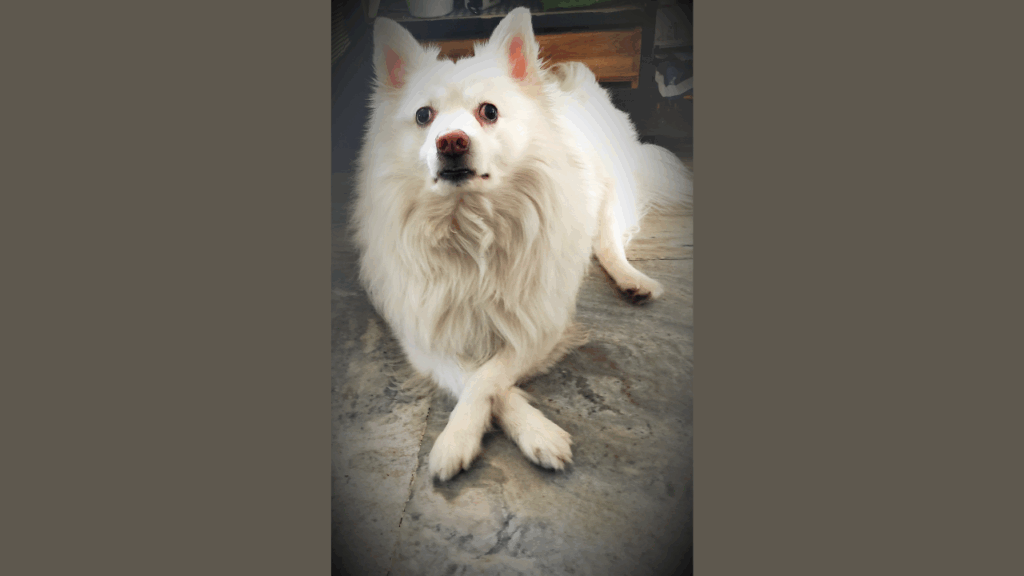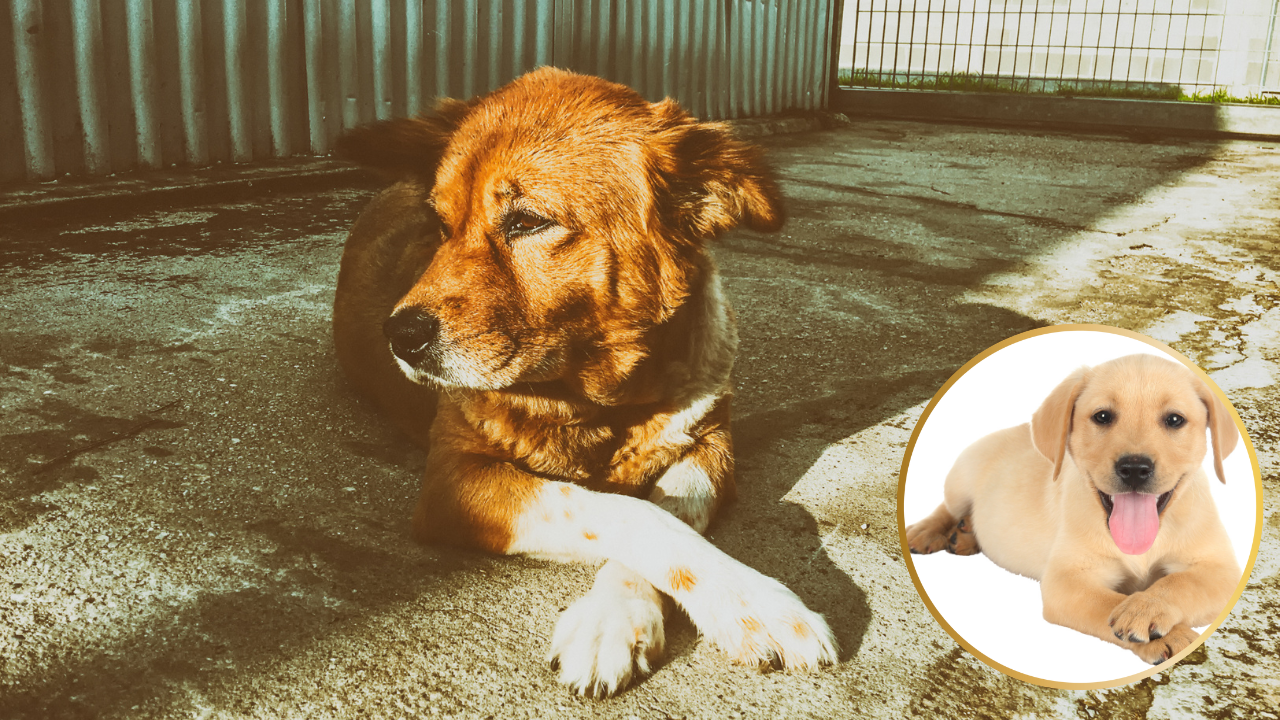Have you ever noticed your dog sitting like a thorough gentleman with his legs crossed? Well, that posture is applicable to females too and while it looks adorable, have you wondered why they sit that way? Well, we did some research and came up with these potential answers as outlined by canine research. Here’s why dogs sit with their paws crossed
The Science Behind the Crossed Paw Phenomenon

When you see your dog sitting with their front paws crossed, you’re witnessing a fascinating blend of anatomy, comfort, and canine psychology. This behavior isn’t random – it’s rooted in your dog’s natural instincts and physical needs. The crossed paw position allows dogs to distribute their weight more evenly while maintaining balance and stability.
Scientists have observed that dogs who cross their paws often do so when they’re settling in for an extended period of rest or observation. This positioning creates a stable base that reduces muscle tension in their shoulders and chest. Think of it like how humans might cross their legs when sitting – it’s simply more comfortable for extended periods.
The anatomical structure of a dog’s front legs makes this position particularly natural. Their shoulder joints are designed with incredible flexibility, allowing them to adjust their limb positioning based on comfort and situational needs. This crossed position often indicates that your dog feels secure enough in their environment to fully relax.
Comfort and Physical Relief
Dogs cross their paws primarily for physical comfort, especially when dealing with minor aches or muscle tension. Just like humans shift positions to alleviate discomfort, dogs instinctively adjust their posture to find relief. The crossed paw position can help redistribute pressure points and provide gentle stretching for their shoulder and chest muscles.
Older dogs or those with arthritis may adopt this position more frequently as it helps reduce strain on their joints. The crossing motion creates a natural support system that takes pressure off individual limbs. This is particularly noticeable in larger breeds who carry more weight on their front legs.
Temperature regulation also plays a role in this behavior. By crossing their paws, dogs can tuck their paw pads closer to their body, helping to conserve warmth in cooler conditions. Conversely, they might uncross them to allow better air circulation when they’re feeling warm.
Psychological Comfort and Security

The crossed paw position often signals that your dog feels emotionally secure and content in their current environment. Dogs are incredibly perceptive to their surroundings, and this relaxed posture indicates they don’t perceive any immediate threats or concerns. It’s a sign of trust – both in you and in their environment.
Many dog behaviorists note that anxious or stressed dogs rarely cross their paws, as they maintain a more alert, ready-to-move posture. When your dog settles into this crossed position, they’re essentially telling you they feel safe enough to let their guard down completely.
This behavior can also be a form of self-soothing. The gentle pressure created by crossing their paws provides a comforting sensation similar to how some people find relief in hugging themselves or applying gentle pressure. It’s a natural stress-reduction technique that dogs have developed over thousands of years.
Breed-Specific Tendencies and Genetics
Certain dog breeds are more likely to cross their paws than others, and this tendency often relates to their original breeding purposes and physical characteristics. Breeds that were developed for sitting and waiting, such as hunting dogs or guard dogs, frequently display this behavior more than high-energy working breeds.
Golden Retrievers, Labrador Retrievers, and other sporting breeds commonly cross their paws, possibly due to their breeding history of sitting patiently beside hunters. These breeds were selected for their ability to remain calm and composed for extended periods, and the crossed paw position supports this behavioral trait.
Smaller breeds with longer legs in proportion to their body size, like Whippets or Italian Greyhounds, also frequently cross their paws. Their body structure makes this position particularly comfortable and natural. Interestingly, some breeds rarely display this behavior, particularly those bred for constant motion or alertness.
Environmental Factors and Learned Behavior
Dogs are incredibly observant creatures who often mirror the behaviors they see around them. If you frequently cross your legs while sitting, your dog might unconsciously adopt a similar posture with their paws. This mimicry is a form of social bonding and shows how deeply connected dogs are to their human families.
The surface your dog sits on can significantly influence whether they cross their paws. Hard floors, cold surfaces, or uneven ground might encourage this position as it provides better stability and comfort. Soft surfaces like carpets or dog beds might make crossing unnecessary, as the cushioning already provides adequate comfort.
Training and routine can also reinforce this behavior. Dogs who are regularly asked to “sit and stay” in various situations may develop a preference for the crossed paw position because it’s more comfortable for extended periods. Over time, this becomes their default sitting posture even when not commanded.
When Crossed Paws Might Signal Health Concerns
While crossing paws is usually a sign of comfort and relaxation, sudden changes in this behavior can sometimes indicate underlying health issues. If a dog who never crossed their paws suddenly starts doing so frequently, it might be compensating for pain or discomfort in one particular limb.
Similarly, if a dog who always crossed their paws stops doing so abruptly, this could signal joint pain, arthritis, or other mobility issues that make the position uncomfortable. Watch for other signs like limping, reluctance to move, or changes in their normal sitting patterns.
Excessive paw crossing, especially if accompanied by licking or chewing at the paws, might indicate allergies, injuries, or skin conditions. The crossing position could be an attempt to soothe irritated paw pads or protect a sensitive area from further irritation.
Conclusion

The sight of your dog sitting with crossed paws is generally a wonderful indicator of their comfort, security, and contentment. This natural behavior combines physical comfort with emotional well-being, showing that your furry friend feels safe and relaxed in their environment. Understanding this simple gesture helps us appreciate the complex ways dogs communicate their feelings and needs through body language.
While most paw crossing is perfectly normal and healthy, staying attuned to changes in your dog’s typical postures can help you identify potential health concerns early. The next time you see your dog settled in with their paws crossed, take a moment to appreciate that they’re showing you just how comfortable and secure they feel in your shared space.
After all, isn’t it remarkable how something as simple as crossed paws can tell us so much about our beloved companions?
Sameen is a digital marketing and content specialist well versed in curating content aligned to audience needs. She has a passion for animals and creating animal content across social media.






